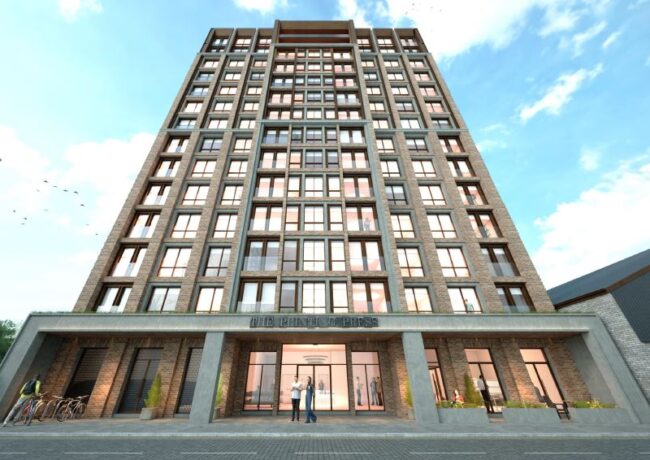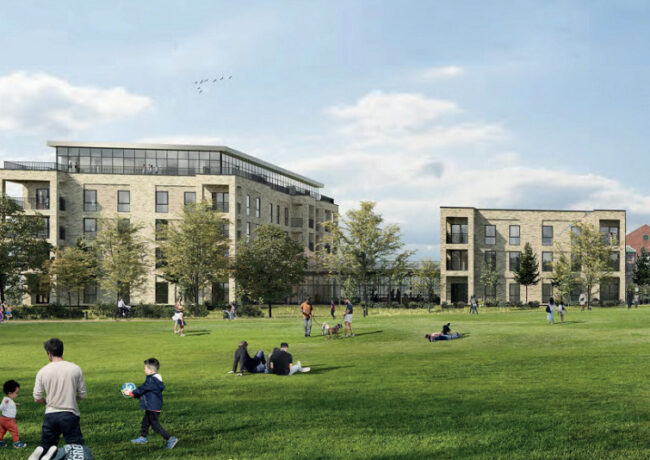Brownfield first just doesn’t work, says Liverpool head of planning
David Hughes, head of planning at Liverpool City Council, has said that releasing open space in the city has to happen as ‘brownfield first just doesn’t work, and in order to bring a higher value offer we need to look at other open spaces’.
Hughes was speaking at the Royal Town Planning Institute’s housing conference in Manchester city centre yesterday, where the need for the release of greenfield, green belt and open space land in order to bring forward housing was a repeated message throughout the day.
“I’m just not convinced that brownfield first will work,” Hughes said. “We don’t have the green field and greenbelt issue in Liverpool, but we do have a large network of open spaces which are protected and cost a lot of money to maintain.
“It’s a tough decision for us, but we need to ask what proportion should be released for development? Studies have shown that people want quality and accessibility of open space, not just quantity. We need to balance brownfield development with looking at our surplus open space and other opportunities.”
Speaking alongside Hughes at the conference, Sebastian Tibenham, regional director of planning consultancy Pegasus Group, said that with a North West housing delivery shortfall of 84,000 homes since 2003 and ambitious annual targets, “to bring forward the housing we need, the priority needs to be looking at brownfield viability and green belt release in the main conurbations. The biggest hurdle will be convincing local authorities.”
As a housebuilder, Victoria Carr, strategic land manager at Barratt Homes, presented successful figures in terms of brownfield schemes but conceded that the sites could be challenging: “In Manchester we delivered 87% on brownfield land in 2014, so we are trying to avoid building on the green belt. We want to continue that high percentage across the country, but there is only a finite amount of brownfield land and there can be complications.
“We’ve got to think about our customers. People want family homes and you will not attract them to inner city brownfield developments no matter what you do.”
With no green belt in the city centre, housing development in Manchester city centre was faced with a different challenge, according to Deborah McLaughlin, chief executive of Manchester Place.
“Around 36,000 units have planning permission in the city centre which haven’t been brought forward. There are too many surface car parks out there, and we need to start using them for development. We will use compulsory purchase powers if necessary.
“Across our district there are still huge brownfield sites with potential for thousands of units, at Carrington and Trafford Waters for example, so we need to focus on those.”



